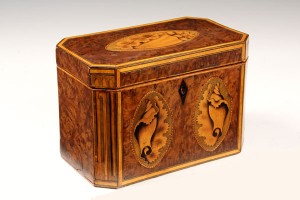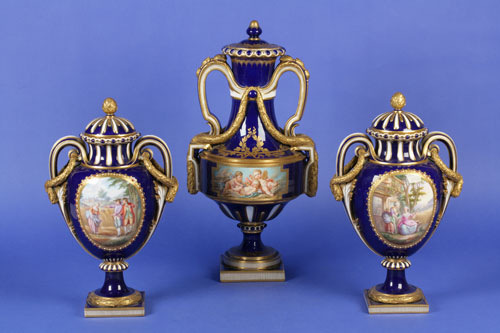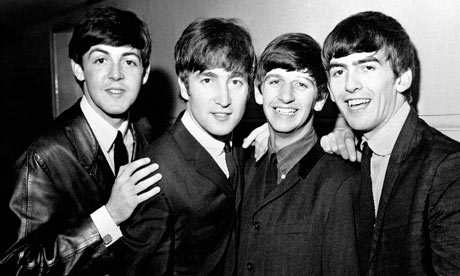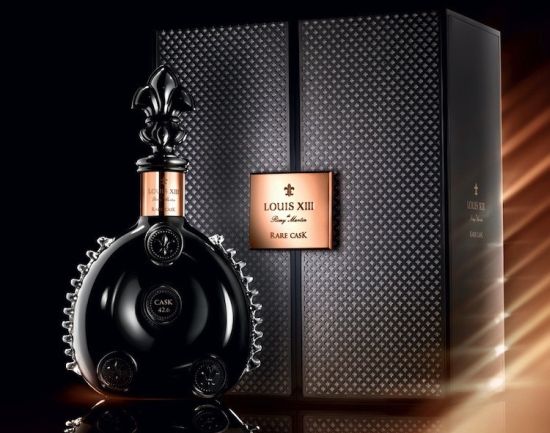I hope you appreciate your morning cup of tea as much as you should. Tea might well be a cheap necessity for most of us, but go back in time two or three hundred years and you would have had to have a bucket load of money to afford such a luxury. Would you still be a tea-drinker if you had to pay an average week’s wages for a few spoonfuls of the stuff? Well, whether you would or wouldn’t is irrelevant, because the rich and trendy of 250 years ago did, and that’s all that matters to me.
You see, the beauty of tea being so expensive back then is that the boxes (caddies) that were especially made to store this precious commodity were mega-expensive as well, so the quality of these caddies is always delightful, making theme fanatically collected and terribly desirable. Not many of these lovely little caddies are used for holding tea these days, of course, although they invariably come with remnants of blackened dry leaves, which I think is fascinating to find.
Tea caddies come in a surprising number of shapes and sizes. Gorgeous tulip wood caddies from the eighteenth century in the shape of pears or apples are extremely rare and bring many thousands of pounds. Ivory, silver, and even tortoise-shell caddies were popular, too, with prices ranging now from about £1000 to over £10,000. A few hundred pounds can get you a late-eighteenth-century square wooden caddy with a small amount of decoration and probably a bit roughness around the edges, but this will make a superb ornament, and also a great investment. If you do see one at this sort of money, and they’re getting rarer, snap it up, because they never hang around for long.
So we know that tea was originally only available to the very rich and lucky few, but by the middle of the nineteenth century tea prices had drastically reduced, due to the market being flooded by eager producers in the far-off, exotic world, and by profit-hungry merchants risking life and limb to get the stuff back to ports here as quickly and as cheaply as possible. Tea inevitably became cheaper; it lost its status-symbol appeal and became available to everyone … perish the thought.
The reduction in the value and status of tea had an effect not only on the number of people now drinking it, but also on the production of tea caddies. Small, delicate, beautiful, and fine tea caddies with locks on them to keep the servants out were no longer needed. The market desired bigger and more cheaply made containers to hold more tea, which was now being drunk morning, noon, and night, rather than just at tea parties or special occasions. By 1850 we began to see much larger (because of much cheaper tea), plainer, poorer quality, and mass-produced caddies being made to keep up with fashion and demand.
As you might imagine, prices for these mid-to-late nineteenth-century tea caddies are well below those of the far superior, far rarer eighteenth-century sort, which means that a miserly £25 can buy you an average one and up to a couple of hundred pounds can fetch a really good example.
For an investment, you’re far better off biting the bullet and putting your money into one good eighteenth-century caddy than 10 big lumps from the mid-nineteenth-century. They will all go up in value, of course, but the better ones will go up more, will always be the most saleable and sought-after, and will undoubtedly give the most pleasure.
Here’s a bit of useless information for you to impress your friends with at your next tea party:
The earliest records we have of tea refer to it as chaa or chaw, so it’s easy to see where the term char comes from. For example, “Fancy a nice cup of char?”
The word caddy is a corruption of the Malayan word kati, which was a measured quantity of tea. One kati weighed about one and one third pounds, which is often just what a 250-year-old Georgian tea caddy holds.
Another interesting form of tea caddy is the Tea-Poy. A Tea-Poy is basically a pedestal table, like a wine table, but instead of having a flat normal top it has a large tea caddy fixed there instead. These table were made for serious tea drinkers and became desirable pieces of furniture in their own right. They could be carried from room to room, probably by the servants, as tea can be pretty heavy! and if you owned one, it marked you out as an elegant socialite.
Tea-Poys are fabulous value for money today as they are not nearly as well collected as tea caddies, but because their tops are often domed or have big brass handles in the middle, they are a bit useless for modern use. Find one with a flat top though and without a centre handle and they make wonderful occasional tables.
The interiors of tea-poys and caddies have often been removed. It goes without saying that one with an original interior, which would normally consist of two separate and lidded compartments for different types of tea and in some cases a mixing bowl for blending are worth much more money and will be in great demand. Lots have been converted to jewellery or sewing boxes over time and although these are not for the purists, they are still very lovely items to own.












